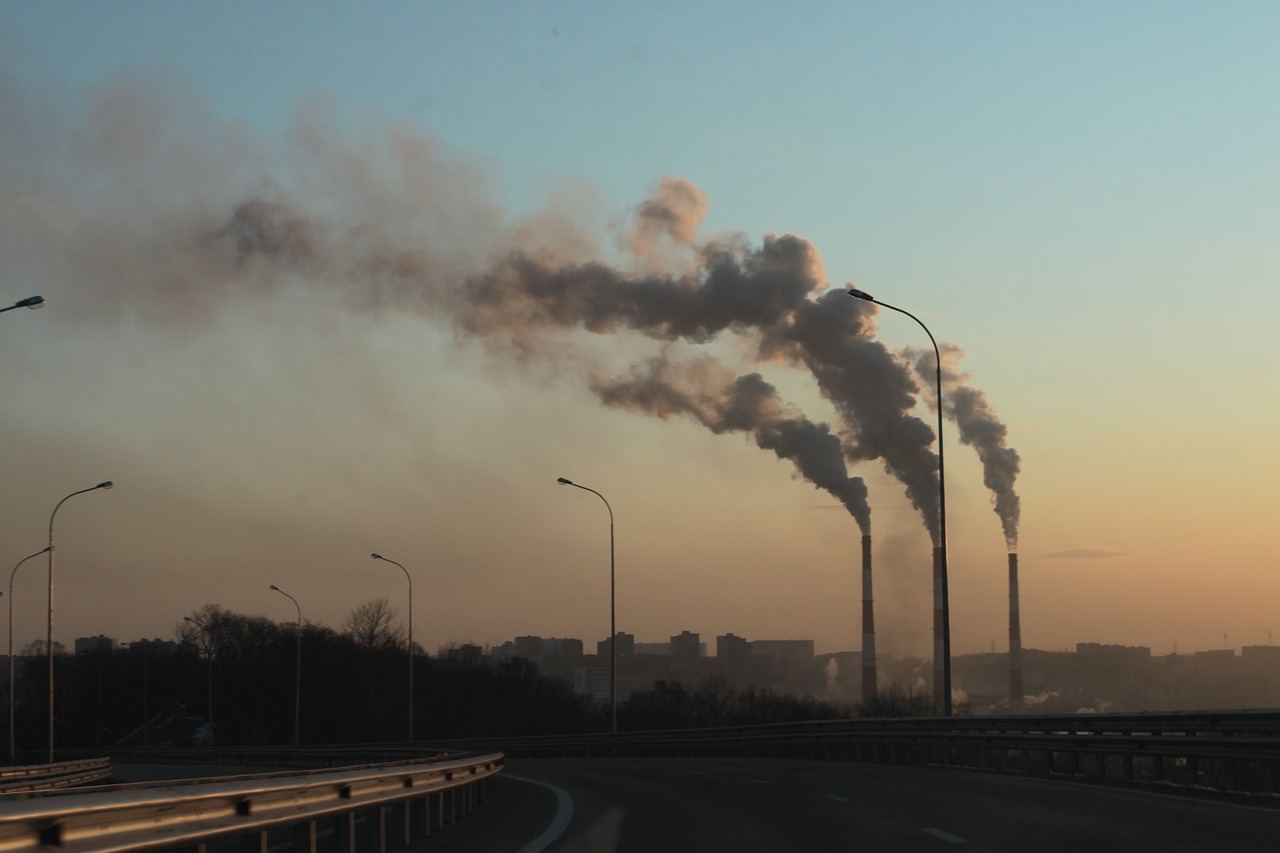Table of Contents
ToggleIntroduction
Emissions are substances that are released into the air or the environment, and they can come from a variety of sources. In recent years, emissions have become a major concern, as they can have serious impacts on the environment and human health. In this article, we will take a look at the different types of scope emissions, including their sources, impacts, and what can be done to reduce their effects.
Types of Scope Emissions
Greenhouse Gas Emissions
Greenhouse gas emissions are the most well-known type of scope emissions. These emissions are caused by a variety of activities, including the burning of fossil fuels for energy, transportation, and agriculture. The most common greenhouse gases are carbon dioxide, methane, and nitrous oxide, and they trap heat in the atmosphere, leading to global warming and climate change.
Air Pollution Emissions
Air pollution emissions are another type of scope emissions that can have serious impacts on the environment and human health. These emissions can come from sources such as power plants, factories, and vehicles, and they can cause a range of health problems, including respiratory issues, heart disease, and cancer. Some common air pollutants include particulate matter, ozone, and sulfur dioxide.
Water Pollution Emissions
Water pollution emissions can occur when chemicals, waste products, and other pollutants are released into bodies of water. This can happen through wastewater treatment plants, agriculture, and industrial processes. Water pollution emissions can harm aquatic life and make water unsafe for human consumption. Some common water pollutants include heavy metals, nitrogen, and phosphorus.
Waste Emissions
Waste emissions occur when solid waste, hazardous waste, and other waste products are not properly managed and disposed of. This can result in the release of harmful chemicals into the environment, as well as air and water pollution.

Impacts of Scope Emissions
Environmental Impacts
Scope emissions can have serious impacts on the environment, including global warming and climate change, air and water pollution, and harm to wildlife and ecosystems. These impacts can have far-reaching effects, from melting glaciers and rising sea levels to disrupted food chains and loss of biodiversity.
Human Health Impacts
Scope emissions can also have significant impacts on human health. Air pollution emissions, for example, can cause respiratory problems, heart disease, and cancer. Water pollution emissions can make water unsafe for human consumption and cause a range of health problems.
Reducing the Impacts of Scope Emissions
Government Policies and Regulations
Governments play an important role in reducing the impacts of scope emissions. They can implement policies and regulations that limit emissions from industry and transportation, encourage the use of renewable energy, and promote waste reduction and management.
Corporate Responsibility
Corporations also have a responsibility to reduce their emissions and minimize their impact on the environment. This can include implementing eco-friendly practices, using renewable energy, and reducing waste.
Individual Action
Individuals also have a role to play in reducing the impacts of scope emissions. Simple actions, such as using energy-efficient appliances, reducing energy use, and properly disposing of waste, can have a significant impact when done on a large scale.
Conclusion
Scope emissions are a major concern, as they can have serious impacts on the environment and human health. However, there are steps that can be taken to reduce these impacts, including government policies and regulations, corporate responsibility, and individual action. By working together, we can create a more sustainable future and protect the environment for generations to come.








3 thoughts on “Scope Emissions: Understanding Different Types of Emissions and Their Impact on the Environment”
Pingback: EU Emissions Trading System (EU ETS) - Sustainability Awakening
Pingback: Clearing the Air: Addressing High Levels of Air Pollution in Irish Towns
Pingback: Zero Emissions Shipbuilding: Revolutionizing the Maritime Industry - Sustainability Awakening